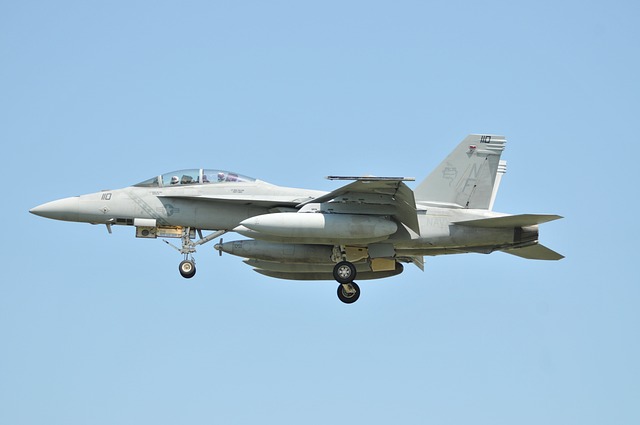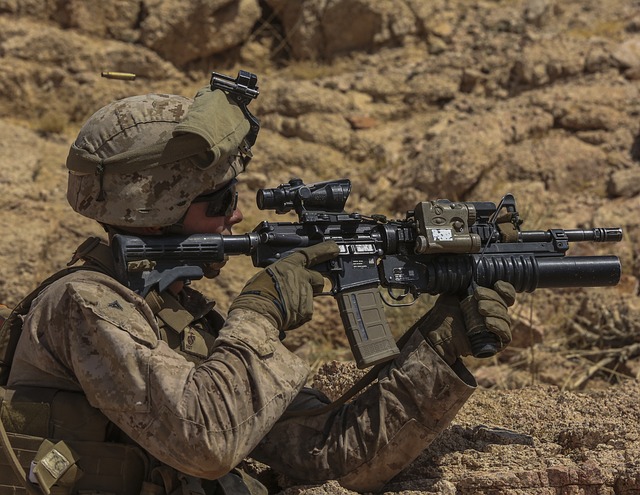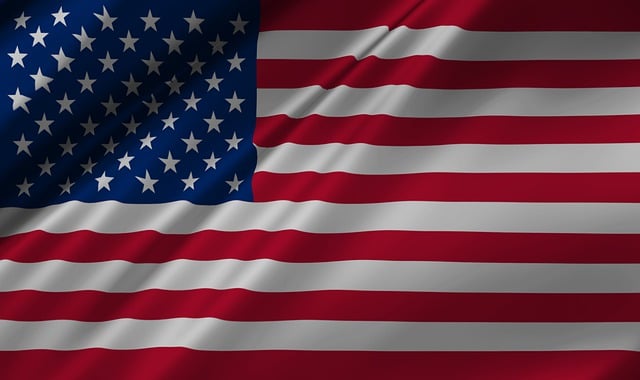
The US Army Rangers Flag being flown at half-staff is a profound and deeply rooted American tradition signifying national mourning and respect. This practice, with historical roots dating back to colonial times and formalized by federal statutes and executive orders, pays homage to the valiant US Army Rangers who have sacrificed their lives and those who continue to serve with distinction. The flag's half-staff display is a testament to the courage and freedoms they defend, and serves as a powerful symbol of duty, honor, and country. This protocol extends beyond a mere procedure; it is a solemn tribute that resonates within the military community and across America, reinforcing bonds with those who have fallen and cementing the legacy of the US Army Rangers Flag as a beacon of remembrance and respect for our heroes. The flag's half-staff position is observed on designated days, with precise ceremonial raising and lowering that underscores its significance and reflects the discipline and reverence characteristic of military traditions. This tradition honors significant figures and events, including fallen Rangers and major historical moments associated with their service. The US Army Rangers Flag thus stands as a potent symbol of courage and honor within the American military narrative, ensuring the legacy of these heroes remains a cornerstone of America's military story.
The US Army Rangers Flag, a symbol of valor and service, occasionally assumes a somber role in our nation’s expression of grief or respect. This article delves into the significance behind lowering this flag to half-staff, exploring its historical context, the formal protocol involved, and the specific occasions that warrant such a gesture. From understanding the solemn practice to recognizing the notable moments it represents, readers will gain insight into the protocol and procedures for properly hoisting the US Army Rangers Flag at half-staff.
- Understanding the Significance of the US Army Rangers Flag at Half-Staff
- Historical Context and Protocol of Raising Flags to Half-Staff
- The Process and Procedures for Hoisting the US Army Rangers Flag at Half-Staff
- Notable Occasions and Mourning Periods Represented by Half-Staff US Army Rangers Flag
Understanding the Significance of the US Army Rangers Flag at Half-Staff

The US Army Rangers Flag, a symbol of valor and sacrifice, often flies at half-staff to signify national mourning or respect for individuals who have made the ultimate sacrifice or for significant losses within the military community. This practice dates back to colonial times, where it was customary to lower flags as a mark of honor and grief. Today, the protocol is governed by federal statutes and executive orders, which outline specific situations that warrant half-staff display. The US Army Rangers Flag at half-staff pays homage to the courageous men and women of the Rangers who have lost their lives in service, reflecting the collective sorrow of the nation. It also honors those who continue to serve with distinction, reminding citizens of their bravery and the price of freedom. This visual representation of respect is a powerful gesture that resonates deeply within the military community and beyond, reinforcing the bond between the fallen and those left behind, as well as the shared values of duty, honor, and country that are synonymous with the US Army Rangers. The act of lowering the flag to half its staff is thus not merely a regulatory action but a solemn tribute to the legacy and memory of the heroes represented by the US Army Rangers Flag.
Historical Context and Protocol of Raising Flags to Half-Staff

The practice of lowering flags to half-staff dates back to ancient times, serving as a visual symbol of mourning or respect for individuals or events. In the United States, this tradition has its roots in the 19th century and was formalized by President Harry S. Truman in 1948 with Executive Order 9875. The protocol dictates that flags be flown at half-staff upon the death of a former or incumbent president, a member of Congress, a Secretary of an executive department, a Governor of a State, a Mayor of the District of Columbia, or a present or former official of the United Nations who is deceased. This somber display is not only a national gesture but also a deeply ingrained part of military protocol, as seen with the US Army Rangers Flag. The US Army Rangers, an elite special forces unit, have their own traditions and rituals that include the half-staff flag display to honor fallen comrades and significant events in their history. This act not only reflects the respect held for those who have served but also serves as a form of communal grieving and remembrance. The half-staff position is typically maintained from sunrise to sunset on designated days, after which the flag is raised briskly to the top of the staff before being lowered for the night in the customary “retreat” ceremony. This precise handling of the flag reinforces its significance as a symbol and underscores the discipline inherent in military traditions.
The Process and Procedures for Hoisting the US Army Rangers Flag at Half-Staff

The protocol for hoisting the US Army Rangers Flag at half-staff is a solemn practice observed to honor individuals, significant events, or national mourning in the United States. When this flag, which symbolizes the valor and dedication of the Army Rangers, is flown at half-staff, it signifies respect and grief. The process begins with an official proclamation by the President of the United States, a governor, or other authorities as stipulated by federal or state statutes. This proclamation dictates the duration for which the flag should be displayed at half-staff. Upon receiving this directive, the relevant personnel must carefully raise and secure the flag to the pole. The flag is then hoisted to halfway up the staff, ensuring it is equidistant from both the top and bottom of the pole. This position remains constant throughout the duration specified for the half-staff display. It is imperative that this procedure is executed with precision and care to maintain the dignity of the occasion and honor those being memorialized. Throughout the period of mourning, the US Army Rangers Flag at half-staff stands as a visual testament to the nation’s collective grief and respect for those who have served or are in service. After the conclusion of the half-staff display, the flag is returned to its full-staff position in a similar manner, signifying the lifting of mourning and a return to normalcy. This practice is steeped in tradition and protocol, ensuring that the US Army Rangers Flag continues to represent the bravery and honor associated with the Army Rangers with distinction.
Notable Occasions and Mourning Periods Represented by Half-Staff US Army Rangers Flag

The US Army Rangers Flag, a symbol of courage and honor within the United States military, is often flown at half-staff to signify mourning or respect for notable occasions. This gesture pays tribute to fallen heroes, both Rangers past and present, who have made the ultimate sacrifice in service to their country. Half-staffing the flag during funerals and memorial services for Ranger personnel underscores the deep respect held for these individuals and their commitment to defending American ideals. Additionally, the practice extends beyond individual loss to honor significant events that resonate with the ethos of the Rangers, such as commemorating major conflicts or historical battles where Rangers played a pivotal role. The half-staff display serves as a silent but powerful acknowledgment of their bravery and the sacrifices made during these operations, reinforcing the bonds between those who have served and the nation they have protected. It is a visual representation of the shared grief and national respect for the service members who embody the Ranger spirit, ensuring their legacy remains an integral part of America’s military history.
The tradition of the US Army Rangers Flag flying at half-staff is a poignant and enduring symbol of respect and mourning in the United States. This article has delved into the significance, historical context, and protocols surrounding this practice, offering insight into how and why it is carried out. From understanding the solemnity it represents to recognizing the notable occasions that warrant such a display, readers have been guided through the intricate processes and procedures involved in honoring those remembered by this gesture. The US Army Rangers Flag at half-staff remains a powerful and respectful tribute, steeped in history and tradition, serving as a reminder of the sacrifices made for our nation and its values.







